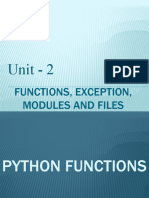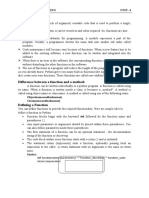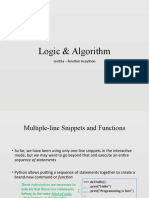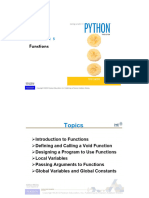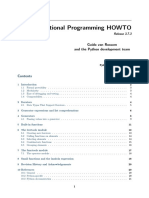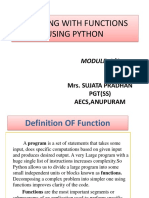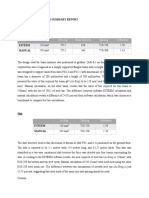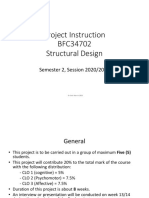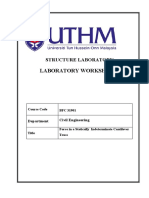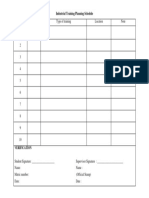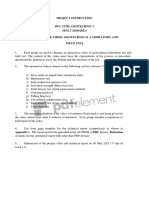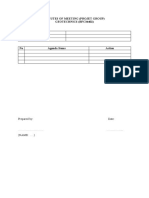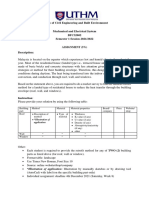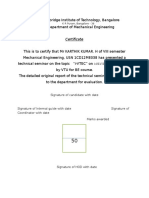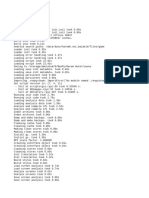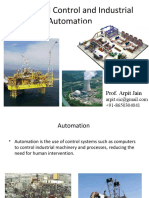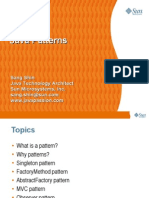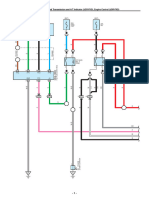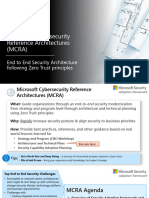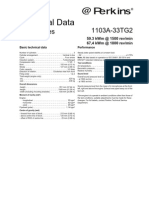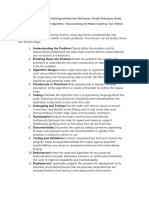0% found this document useful (0 votes)
68 views17 pagesFunctional and Modular Programming: Computer Programming BFC 20802 Prepared by DR Goh Wan Inn
This document discusses modular and functional programming. Modular programming breaks programs into smaller, manageable functions or modules to improve maintainability and simplify development. Functional programming uses functions as building blocks, where each function performs a specific task. Functions are declared with a name and parameters, defined with a block of code, and called to execute. Modularizing code into reusable functions improves readability, reliability, and makes code easier to debug.
Uploaded by
Sky FireCopyright
© © All Rights Reserved
We take content rights seriously. If you suspect this is your content, claim it here.
Available Formats
Download as PDF, TXT or read online on Scribd
0% found this document useful (0 votes)
68 views17 pagesFunctional and Modular Programming: Computer Programming BFC 20802 Prepared by DR Goh Wan Inn
This document discusses modular and functional programming. Modular programming breaks programs into smaller, manageable functions or modules to improve maintainability and simplify development. Functional programming uses functions as building blocks, where each function performs a specific task. Functions are declared with a name and parameters, defined with a block of code, and called to execute. Modularizing code into reusable functions improves readability, reliability, and makes code easier to debug.
Uploaded by
Sky FireCopyright
© © All Rights Reserved
We take content rights seriously. If you suspect this is your content, claim it here.
Available Formats
Download as PDF, TXT or read online on Scribd
/ 17








